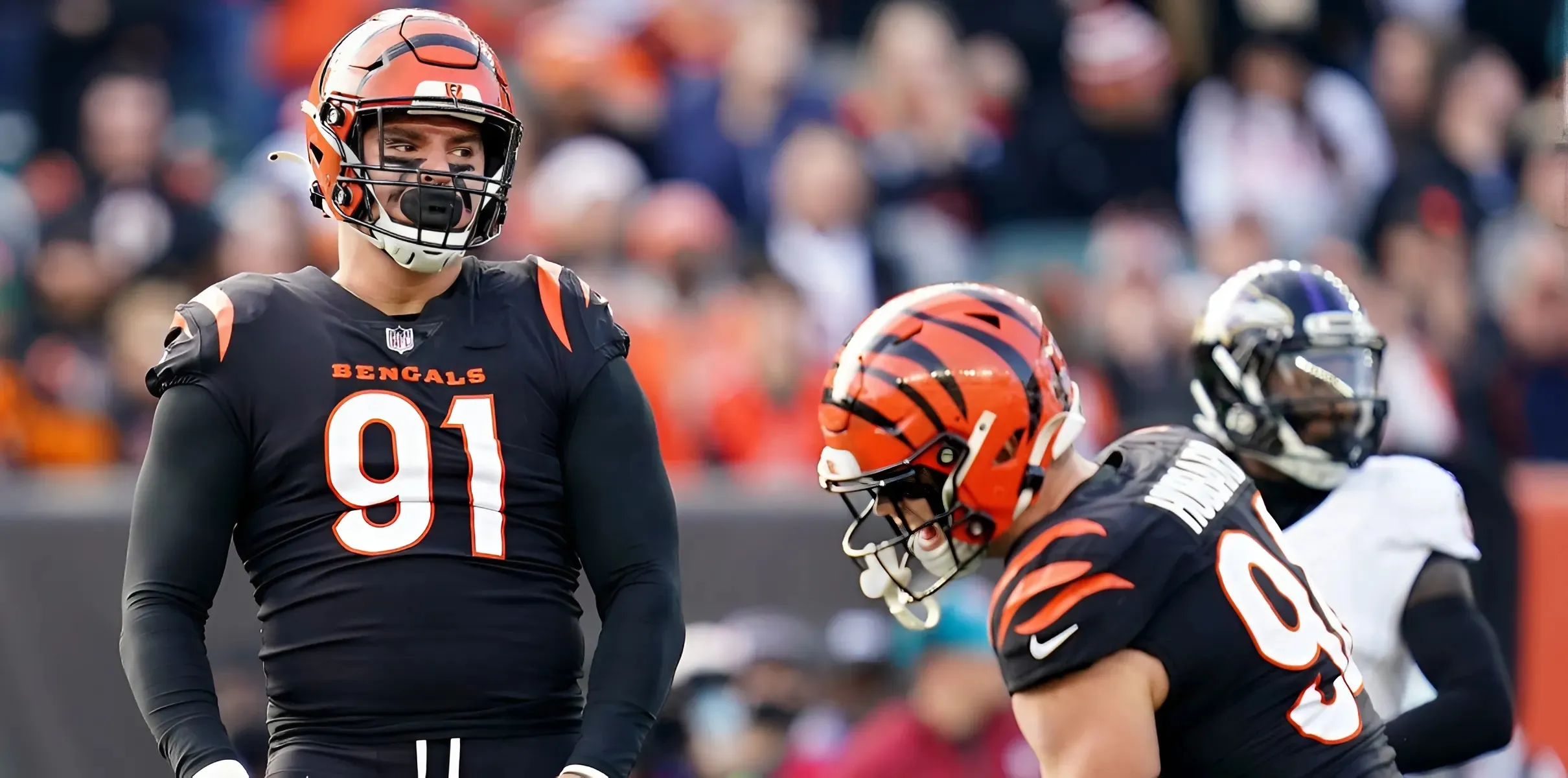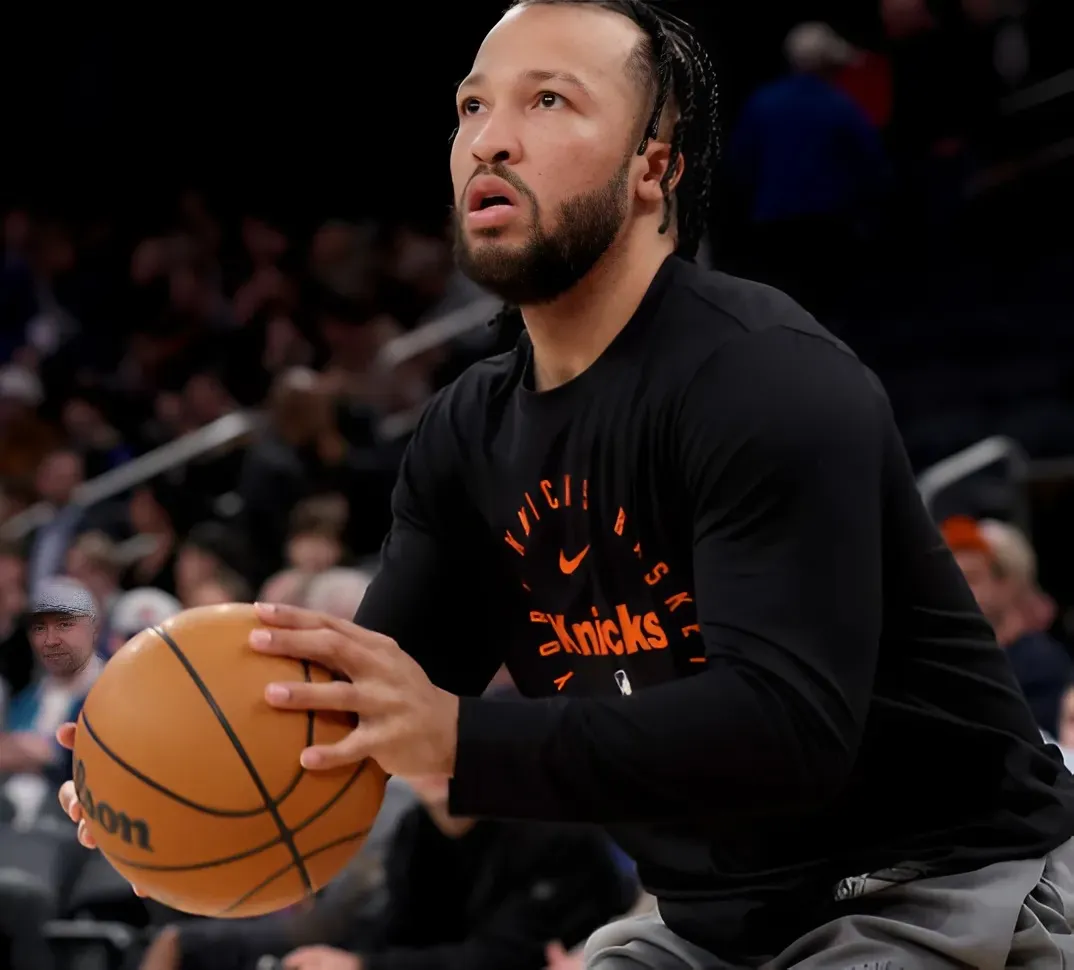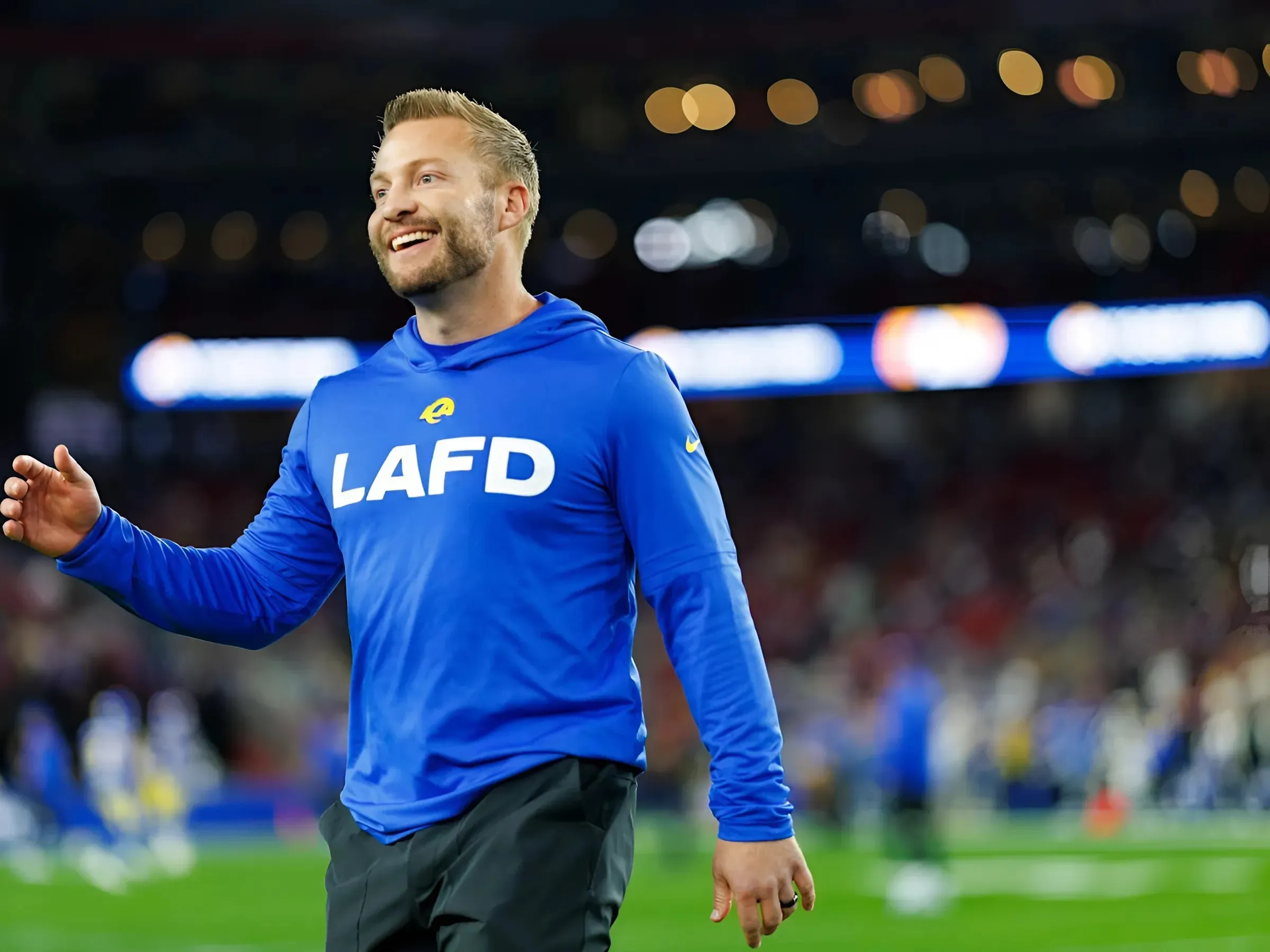The Seattle Seahawks have received widespread praise for their 2025 draft class.
Seahawks won’t play an international game this year
With their first-round pick, they addressed their most glaring need by drafting offensive lineman Grey Zabel. Over the next two rounds, they added a trio of intriguing players with rare athletic traits: versatile safety Nick Emmanwori, field-stretching tight end Elijah Arroyo and dual-threat quarterback Jalen Milroe.

And in the later rounds, they grabbed several potential value picks in defensive lineman Rylie Mills, wide receiver Tory Horton, running back Damien Martinez and wideout Ricky White III.
The high marks for Seattle’s draft class were further reflected in a recent article by The Athletic’s Mike Sando, who spoke to NFL team executives to gain their perspectives on opposing teams’ drafts.
“The top of the draft was really good for them,” one executive said, according to Sando. “They got three of the better players in the whole draft.”
But despite that, there was one criticism.
“The catch: Seattle targeted non-premium positions with its first three picks,” Sando wrote.
As Sando mentioned, the Seahawks’ first three picks were a guard, a safety and a tight end. And in terms of salaries, those three positions are typically on the lower half of the spectrum in terms of salaries.
That prompted Seattle Sports’ Mike Salk to ask NFL Network’s Daniel Jeremiah whether he thinks it’s an issue that the Seahawks spent their first three picks on non-premium positions.
“I don’t think so, because I don’t think they forced it,” said Jeremiah, a former NFL scout, to Brock and Salk. “… You can go in there with a plan in place (to) address the premium positions. But if it falls a certain way, you get in trouble when you’re trying to just force it and jam it in there.
“At the end of the day, the goal is to have blue (chip) players. You want to have elite players scattered across your roster. And depending on who you talk to, they’ll tell you, we need to have eight to 12 blue-caliber players – guys that could be considered in the top 10 of their position in the NFL.
“So if you can get one of those elite players at one of those non-premium positions – (especially) in a draft like the one we just had (with limited blue-chip prospects) – that’s just doing it smart, in my opinion.”



